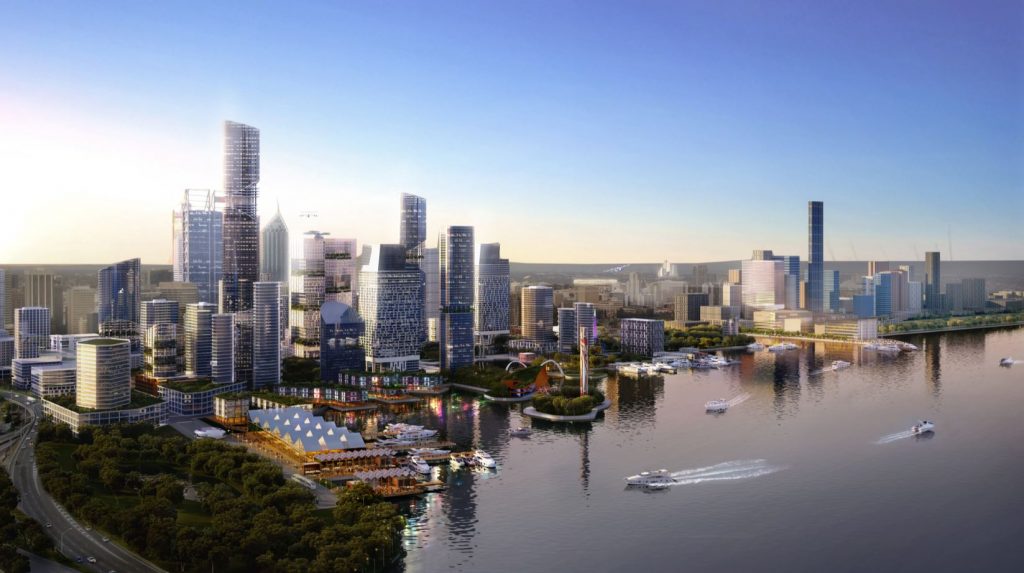Perth has changed a lot over the last 30 years, but what’s in store for the next 30?
What will Perth City look like in 2050?
There have been increasing calls from both industry and community for a unified vision for Perth City. The importance of the City goes beyond municipal boundaries. The ability for the City to attract residents, business and visitors is intrinsically linked to the future prosperity and wellbeing of our region. Establishing a united future vision between all levels of government will be key in making this happen.
Globally, it is evident that cities rather than nations are the economic drivers and determinants for regions. Cities are increasingly needing to compete to attract companies, capital and intellect. As Perth grows and matures, what will be our identity and reason for people to come to live, work and visit?
Chris Melsom, Design Director at Urbis said, “In recent years Perth has done well to create great projects such as the stadium, Elizabeth Quay, and The Link. What we seem to lack is an overall plan of how all these projects work together to help form part of a better city and how we can better link these projects together”.
To help drive and guide debate, Urbis presents our thoughts on the nine catalysts for a better City in 2050.

